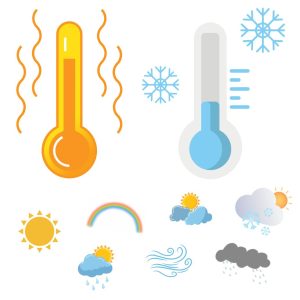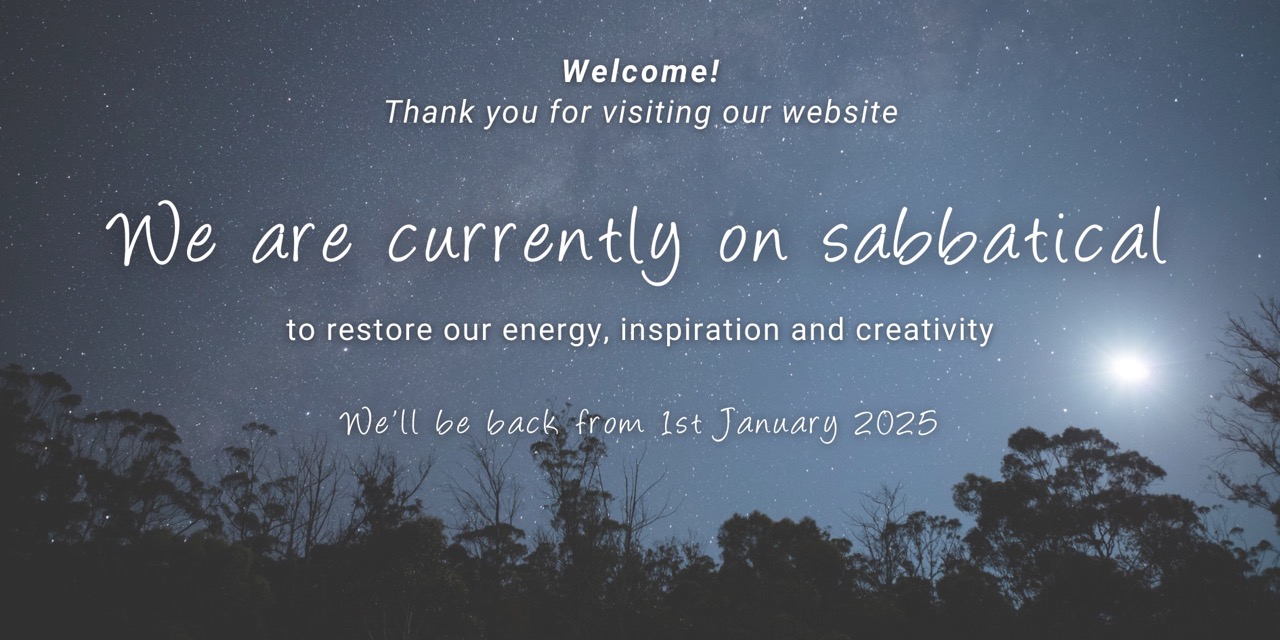To ensure your comfort throughout your experience, it goes without saying to dress for the day’s conditions. In any case, we have compiled the following list to help you prepare and ask that you take note of anything further that may be specific to the Experience you have booked.
When it comes to clothing, we recommend layers! This is because the degrees in temperature will likely change throughout the day and layers allow for wearing them as and when you need them.
Regarding camera gear and accessories, not everything listed is necessary for every Experience. So please do not be concerned if you don’t have something listed. The list is there purely to prompt you to consider the gear and accessories that you own or have available to bring with you. We recommend lenses and accessories for some Experiences based on the photography genre and/or opportunities.
Please get in touch with any questions or thoughts you have about the clothing and gear to bring, so we can assist you in the way that you need.
 Tasmania’s weather
Tasmania’s weather
Tasmania’s weather is changeable and sometimes unpredictable.
It is often experienced that all seasons occur on the same day, in one way or another. Depending on your itinerary, you may experience significant contrasts as we travel between regions, especially from sea level to the alpine environments. It may even snow in summer or there’s a warm sunny day in winter!
All-weather daywear
- Quick dry trousers/shorts
- Lightweight top/s
- Lightweight jacket
- Warm jacket
- Windproof jacket
- Sturdy closed-toe walking shoes suitable for walking on unpaved nature trails as well as potential rocky or sometimes slippery terrain
Wet and Cold weather gear
- Waterproof jacket with hood (e.g. Gore-Tex)
- Waterproof trousers (optional)
- Warm jacket (e.g. puffer or down jacket)
- Thermal layers (especially for night-time and early morning photo shoots)
- Beanie (woollen hat)
- Scarf and gloves
Sun Protection
- Broad Brim Sun Hat
- Sunglasses
- Sunscreen
FYI… Sunburn is a concern in Tasmania, especially in summer (December to February) when the position of the sun over Tasmania delivers very high (8-10) to extreme (11+) ultraviolet (UV) levels.
These levels of UV are experienced in Tasmania throughout most of the year, except for the winter months (June to August) when the UV index is usually in the low range (below 3).
General travel gear
- Refillable water bottle
- A backpack for your camera and all your personal belongings (for some experiences you’ll also need sufficient space to carry a packed lunch too).
- Walking/hiking pole or stick
- Additional snacks that you know you cannot do without
- Smartphone charging cable (USB)
- Hand sanitiser
- Face mask (while masks are no longer mandated they may still be recommended in some situations)
Additional notes about individual Experiences
- Maria Island Day Tour
- Mt Field Day Tour
- Multi-day tour or Retreat
- Women-only Photography Escapes
- Maria Island Overnight/s
In preparation for your tour to Maria Island, please be aware of the following…
• Wear comfortable closed-toe walking shoes and bring a hat, sunglasses and sunscreen, a windproof jacket and a rain jacket too.
• We strongly recommend a day pack (backpack style) so you can carry all that you need for the day with ease and comfort.
• Lunch, snacks and refreshments are supplied to you in an individual lunch pack that you will need to carry for the day (please allow a little extra space in your daypack for this).
• Drinking water is supplied. Please bring a refillable drink bottle, filled with drinking water to start the day with.
• If you need to borrow a backpack-style daypack from us for the day, please let us know in advance.
Photographic genres that may be explored comprise landscape, wildlife, birds, and close-ups of patterns and textures. No specific camera gear is necessary unless you have a specific objective. For instance, if you are aiming to photograph wildlife and birds more intently, an appropriate zoom or telephoto lens is recommended (one with a focal length 200mm or longer is what we recommend). Remember though, you will need to carry what you bring for the duration of the day.
In preparation for your day tour to Mt Field National Park, please be aware of the following…
On this tour, we visit two distinctly different habitats/environments – rainforest and alpine. The walks we take are not strenuous and are enjoyed at a leisurely pace… taking up to two or so hours for each walk. Rest assured, our walks are easily adapted if and as you need or prefer on the day.
• The temperature in the alpine areas can often be significantly cooler than it is in the foothills (in the rainforest) and in Hobart. We advise that you prepare for this by making sure you have appropriate warm layers available.
• For morning tea and lunch, you will enjoy a deluxe picnic accompanied by the sights and sounds of nature. Rest assured, if Mother Nature so decides, we’ll dine undercover, or, if the conditions are more inclement than forecast or thought to be, we’ll adapt accordingly on the day.
There are diverse photographic opportunities which include waterfalls and close-ups, like fungi. Specific camera gear that you may like to consider includes a tripod, a neutral-density (ND) filter and a macro lens (but of course only if you have this equipment). You may borrow a tripod from us. As for filters, we have a loan ND filter available to be used in conjunction with a step-up ring for compatibility with varying lens diameters – please let us know in advance, what you may need or want to borrow from us.
Additional information relevant to your itinerary will be provided separately.
Additional information relevant to your itinerary will be provided separately.
This section is to help you prepare for staying overnight/s on Maria Island in the Penitentiary bunkrooms in Darlington.
- Maria Island – Overnight Visitor Information (a PDF published by Tasmania Parks and Wildlife Service) – current as of April 2023
- Travelling to Maria Island – Travel and Safety Information (a PDF published by Encounter Maria ferry operator) – current as of April 2023
Important points to note
• There is no transport on the island or shops to purchase food or drink.
• Food: All food, snacks and refreshments must be taken to the island noting that there is no refrigeration available
• Drinking water: It’s best not to rely on drinking water being available on the island.
• There are no rubbish bins on the island, so when departing, we must take away all our rubbish with us.
• Bedding and linen: Each bunk bed has a vinyl-covered foam mattress. No bed linen, blankets or pillows are provided. Whatever you choose to bring (sleeping bag or doona/duvet), we also recommend that you bring a single-size fitted or flat sheet to place over the vinyl mattress on the bunk. Trust me, this is beneficial! By the way, it gets quite warm in the rooms overnight too.
• The rooms have no electricity and cannot be locked.
• The Mess Hall in Darlington (adjacent to the Penitentiary accommodation) has gas cooktops and kettles to boil water and some saucepans. There’s also plenty of space to dine undercover at the picnic-style tables inside the Mess Hall.
• No showers available: There are currently no showers available on Maria Island. There are however washrooms with flushing toilets and basins with (cold) running water.
More information about meals and food preparation
• Bring all your food, drinks, snacks and refreshments that you’ll need for the duration of your stay on the island. As noted above, there are not shops on the island to purchase anything! And there’s no refrigeration available on the island either… so you need to consider all this in your planning. For more advice and suggestions, please contact us in the lead-up to your trip.
• Bring all your food in a cooler box or container so you can secure it sufficiently to ensure critters cannot access it (ie. shopping bags and open containers are simply not sufficient)
• Bring your own cookware and eating equipment – saucepan and utensils, plates, cutlery, drinkware etc.
Alternatively, include the food kitty option on your booking and we’ll take care of all this for you.
Photo gear
Photographic genres that may be explored on Maria Island comprise landscape, wildlife, birds, and close-ups of patterns and textures. No specific camera gear is necessary unless you have (or there is) a specific objective for your visit to Maria Island. For instance, if you are aiming to photograph wildlife and birds more intently, an appropriate zoom or telephoto lens is recommended (one with a focal length 200mm or longer is what we recommend). Remember though, you will need to carry what you bring for the duration of the day.
A more detailed packing list will be included with your booking confirmation. If you require more advice or suggestions, please contact Coreena to discuss.
Camera gear and accessories
- Camera bag (ideally a backpack)
- Camera and lenses – specialty cameras or lenses are generally not necessary – simply bring what you have, wish to use and are happy to carry during our nature walks and to/from photoshoot locations.
- Spare camera battery
- Spare formatted memory card
- Tripod (loan tripods available by request) or Monopod
- Lens cloth (dedicated to the glass only)
- Soft microfibre cloth for cleaning your camera and lens bodies (a cloth dedicated to your camera is best)
- Camera blower – to safely puff the dust off your lens before cleaning it (like this one)
To bring, or not to bring, your instruction book!
First and foremost, a basic understanding of navigating your camera is helpful, but is absolutely not essential… we are here to help you!
We maintain a library of digital versions of camera manuals so there is no need to bring your instruction manual (book) unless you need or want to refer to it during your travels. Before you leave home, you may like to download a copy of a PDF/digital version to your mobile device. You will usually find one on the camera manufacturer’s website. Alternatively, type into your web browser search bar… ‘[camera make and model] user manual’ … and look in the search results for the correct version relevant to you and your camera, ideally via the manufacturer’s website listed in the search results. If you’re unsure, let us know and we’ll help you find it.
Additional information for specific genres of photography…
Bird and Wildlife Photography
- A zoom lens featuring a focal length range, for example, 55-300mm, 100-400mm, 150-600mm OR a prime focal length lens of 200mm or more.
- A monopod comes in handy but is not essential
- Ideally, wear clothing that is neutral-coloured and not too ‘rustly’ if you can avoid it
Landscape Photography
Other accessories you may consider for landscape photography
- Circular polarising filter
- ND (Neutral Density) filter
Close-up and Macro Photography
However, a specialty macro lens is not essential for close-up photography. A lens that can focus on objects with minimal distance between the lens and subject will help you produce equally satisfying results.
Other accessories you may consider for close-up or macro photography
- Extension tube/close-up filter
- Light defuser/reflector
- Light source/External Flash
Low-light and Night Photography (incl. Aurora Photography)
- Lens choice:
- For versatility – e.g. 24-70mm f/2.8 or f/4 (the lager aperture (lower f-number) the better)
- For specialty – e.g. a wide-angle lens with a focal range of 14mm to 24mm and aperture of f/2 (or better) and prime lenses are ideal for night photography, but not absolutely essential).
- A tripod is necessary (you can borrow one from us for your experience).
- Remote shutter release (cabled or wireless)
- A headlamp (with a red lamp option) that you can use to adjust the settings on your camera in the dark.





